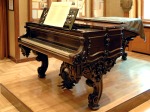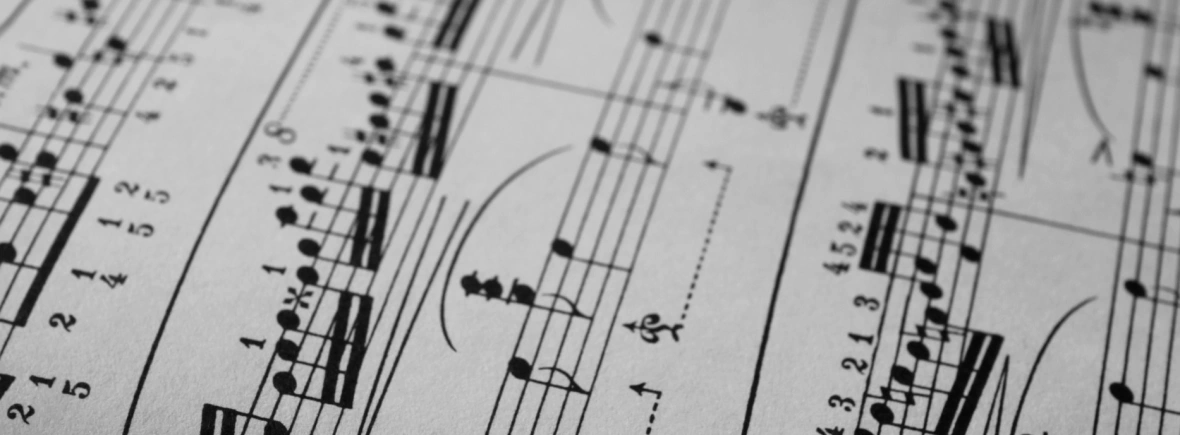What is an Étude?
An étude is a short piece of music focused on a specific area of technique .
Étude’s are usually written for solo instruments and allow the player to practice or demonstrate areas of their musical skills.
Although the étude started life as a exercise for the player many pieces became popular with the public and are known as concert études. Well-known composers of concert études include Franz Liszt, Frederic Chopin and Claude Debussy.
How long is an Étude?
They are short pieces usually 3–5 mins
What/who plays an Étude?

CC image by Jean-Pierre Dalbera, flickr
An Etude is written for any solo instrument. You will most likely find popular concert études written for the piano.
Famous Étude composers
Franz Liszt

CC image by Jean-Pierre Dalbera, flickr
Liszt was known for being a piano virtuoso. Many of his compositions, including his études, are difficult and require high levels of technical skill.
Watch
‘La Camponella’ Étude # 3, G minor by Franz Liszt played by Valentina Lisitsa
You may recognise this piece (it’s one of my favourites and what drew me into classical music) from movies and television, most notably the story of David Helfgott, Shine.
You can see in the this video the skills levels required of the pianist, her right hand stretched wide and moving so fast it is difficult to see the individual notes being played.
Listen
Does an ÉTUDE have different sections?
Because an étude is a study of specific techniques there is no set structure to their composition. They are designed to be short pieces.
History of the Étude
The étude became popular in the late 18th Century as a composition designed as practice exercises. In the early 19th Century composers Frederic Chopin and Franz Liszt crafted the études into a compact musical form popular with listeners.
*Featured image via MaxiuB, flickr

One thought on “Étude”